“weaker as time passes, and wasting away. The matter he ejects from his mouth is sometimes coloured a greenish yellow and black, sometimes pink, like the colour of blood. His doctors and physicians are perplexed and do not know what to make of it.”
One would hope that Edward drew some comfort as he looked into the eyes of those around him and that he felt secure in the knowledge that his physicians at least were doing their best to ensure his recovery, but when you read the accounts of the events that led up to the poor boys death you really wonder if anyone cared in the slightest.
Edward had become ill in the February of 1553 and a series of other illnesses had sapped the king's strength - he would never really recover his health and in all that time, nobles and courtiers alike thoughts, quite naturally I suppose, were centred on what would happen if this boy died. History relays to us that as the court watched the king's life slip away, one man, in particular, was feathering his own nest. John Dudley, the Duke of Northumberland was quick to realise that the plans for his families rise to greatness was heading for the grave along with his sickly king and in the June had issued what we know no as the letters patent. This document made his daughter in law, Lady Jane Grey, Edward VI's heir.
On the 6th of July the fifteen-year-old heir of the Tudor dynasty died at Greenwich Palace, and after that, as the saying goes, all hell broke loose.
Edward was buried almost a month later at Westminster Abbey beneath the original altar of Henry VII's Lady Chapel.
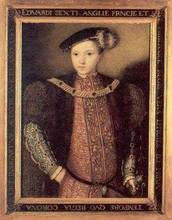
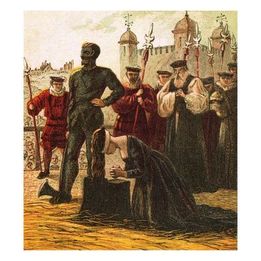

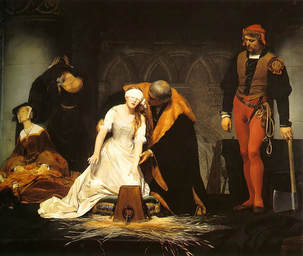
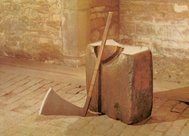
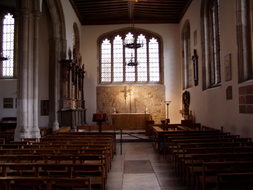
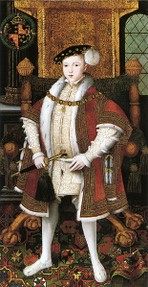
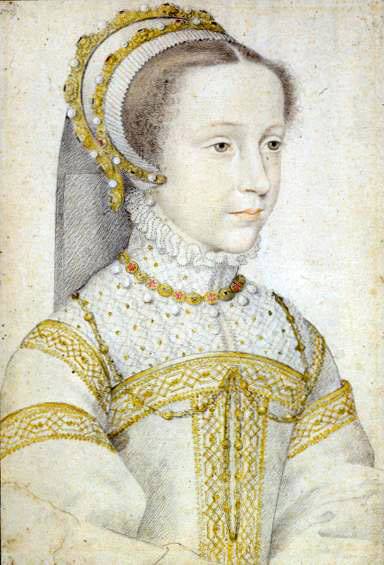
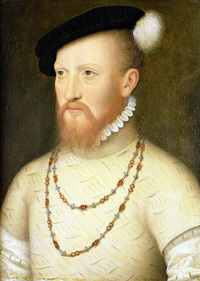

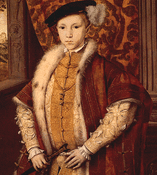

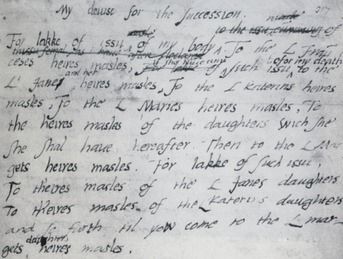
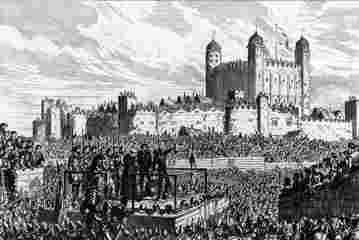

 RSS Feed
RSS Feed
